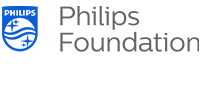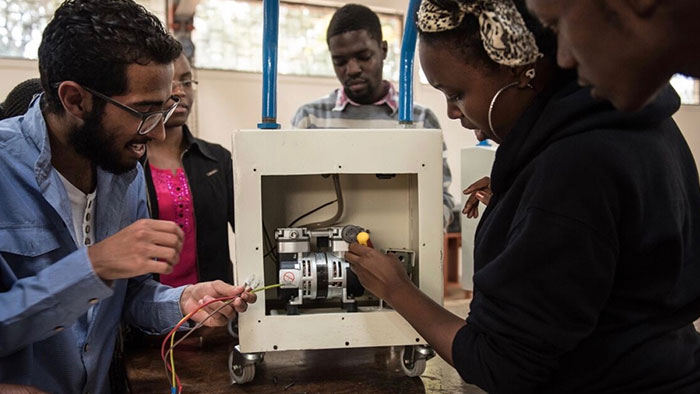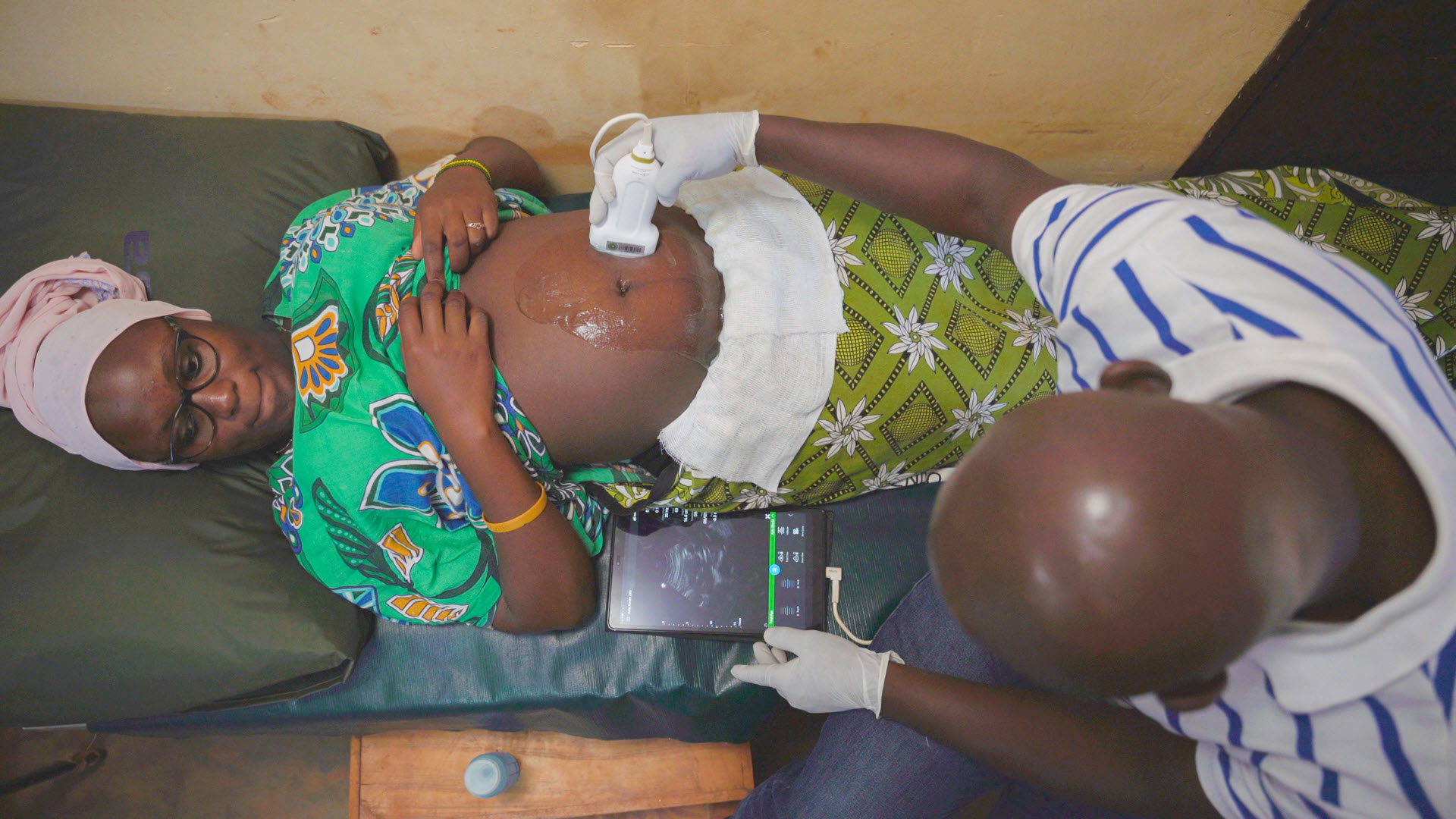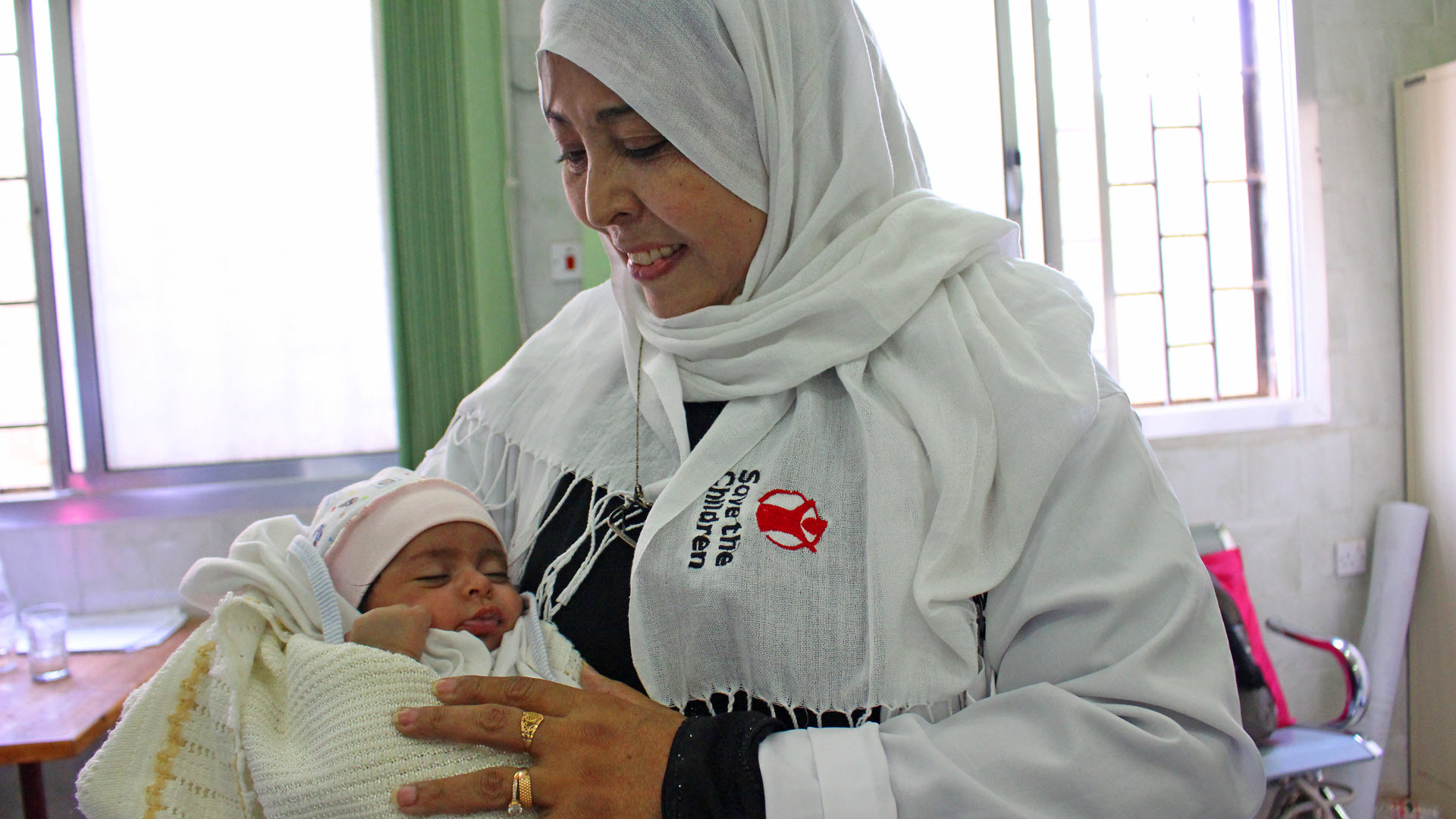With United Nations' Sustainable Development Goal 3 (ensuring healthy lives and promote well-being for all at all ages) in the back of our minds, Philips Foundation together with UNICEF and local health authorities started an ambitious project in rural Kakamega County, located in the west of Kenya.
With the aim of making quality healthcare universally accessible, this project particularly focuses on improving the operational management of medical devices in healthcare facilities, ensuring the health of mothers and new-borns in disadvantages communities.
The project arose from the realization and experience that the sole placement of medical devices in a healthcare facility is not enough to guarantee a flawless operation over time.
Pro-active equipment management, such as maintenance, well-defined repair workflows, presence of trained biomedical engineers, availability of spare parts, is crucial in order to keep it running at full capacity, and more importantly, to keep delivering the best possible outcomes that can be lifesaving.
Kakamega County was chosen to pilot the project's first phase, as local authorities recognized the crucial role of quality equipment in the provision of quality health services to communities.








